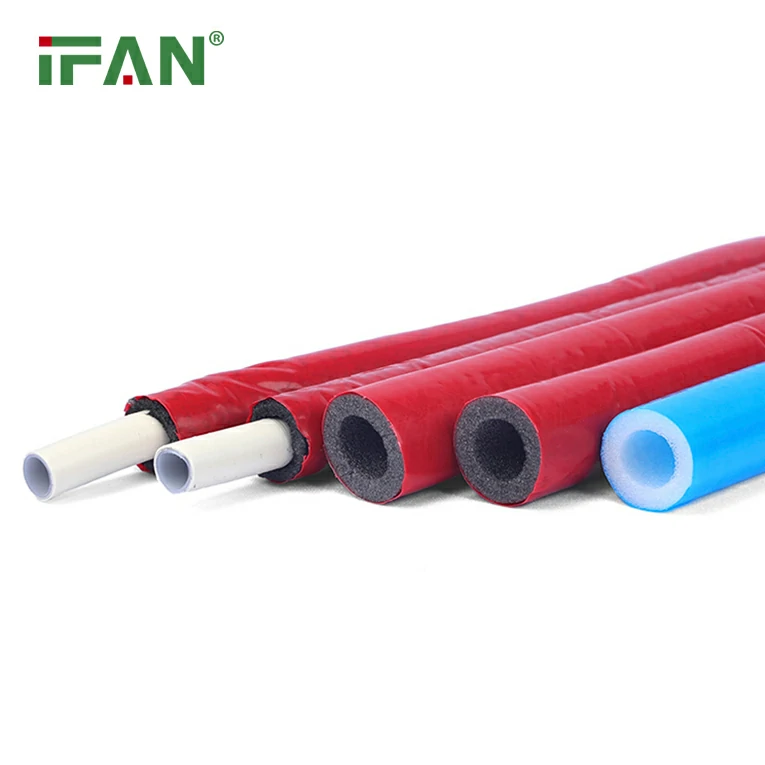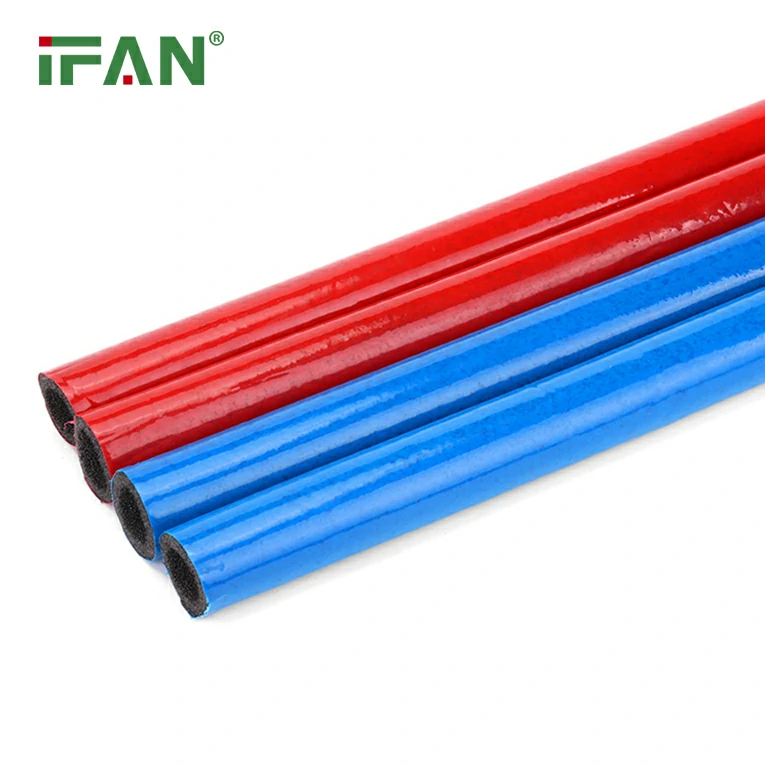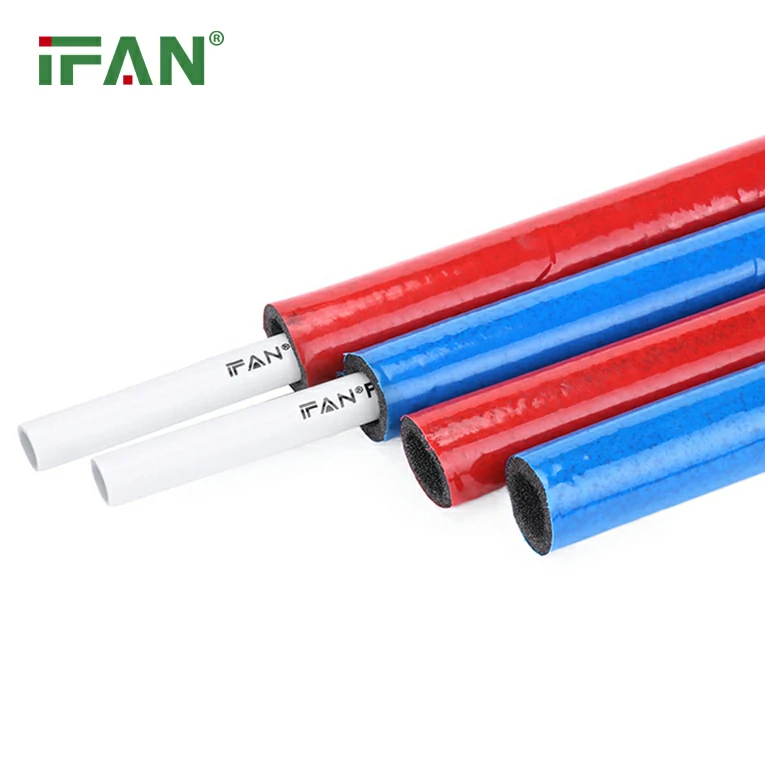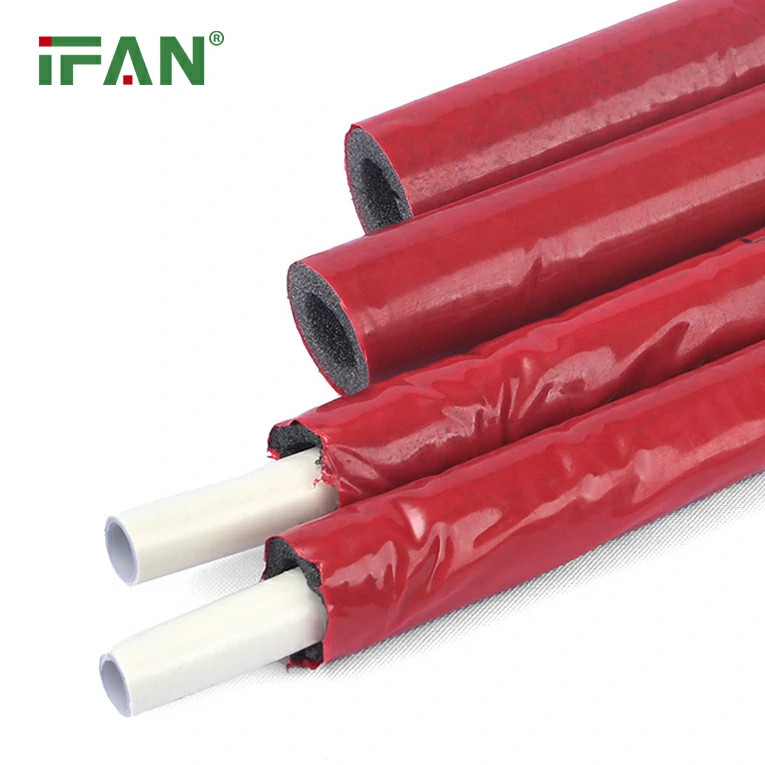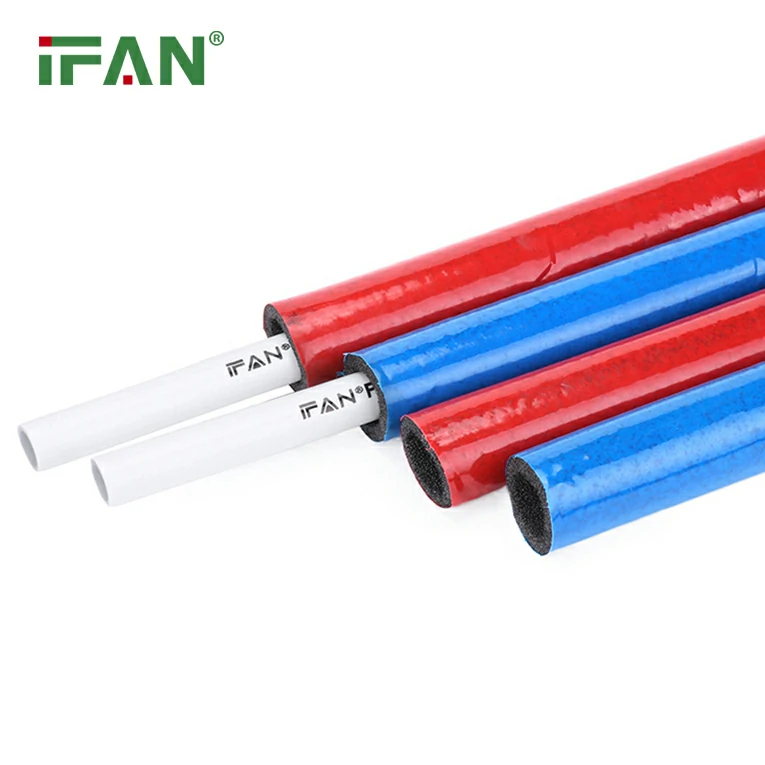In recent years, PEX (cross-linked polyethylene) pipes have become a popular choice for plumbing systems due to their durability, flexibility, and cost-effectiveness. However, the growing trend of opting for cheaper PEX pipe replacements can lead to significant risks, both for homeowners and plumbing systems. While it’s tempting to save money on plumbing projects, particularly with PEX pipe replacements, it’s crucial to understand that opting for lower-quality materials can lead to dangerous outcomes. This article discusses why cheaper PEX pipe replacements can be a potential hazard and what you should consider when investing in plumbing for your home.
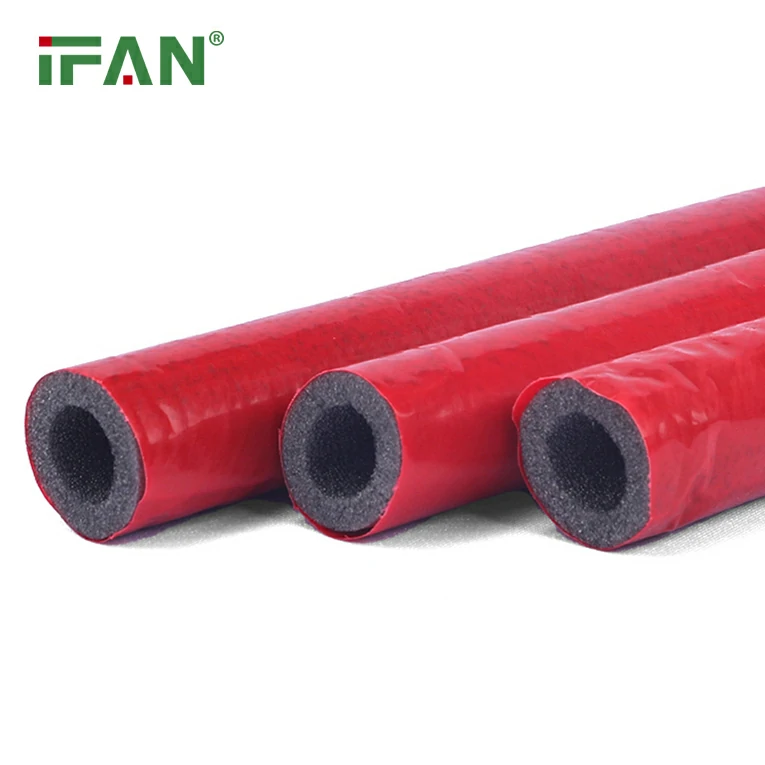
What is PEX Pipe?
PEX pipes are a type of flexible plastic pipe used for plumbing systems in homes and buildings. They have become increasingly popular for both water supply lines and heating systems, as they offer several advantages over traditional materials like copper or PVC. PEX is resistant to corrosion, easy to install, and flexible enough to navigate around obstacles. However, not all PEX pipes are created equal. The quality of the PEX material can vary significantly, and opting for cheaper alternatives may result in a lower-grade product that compromises the integrity and safety of your plumbing system.
Why Do People Choose Cheaper PEX Pipes?
One of the main reasons people opt for cheaper PEX pipe replacements is cost. Plumbing repairs or installations can be expensive, and using inexpensive materials can significantly lower the overall cost of the project. Cheaper PEX pipes are often marketed as a budget-friendly alternative, making them appealing to homeowners looking to save money.
However, many lower-cost PEX products are manufactured with fewer quality control measures and may not meet the same industry standards as their higher-priced counterparts. This can lead to various issues down the line, such as a greater risk of leaks, material degradation, and even system failure. The temptation to save money on PEX pipe replacements may ultimately lead to higher long-term costs and safety hazards.
The Dangers of Cheap PEX Pipes
Choosing cheaper PEX pipe replacements can be dangerous for several reasons, including poor material quality, reduced lifespan, and increased risk of system failure. Here are some of the key dangers associated with opting for low-cost PEX pipes:
1. Risk of Leaks and Burst Pipes
One of the most significant risks of cheap PEX pipes is the increased likelihood of leaks. Lower-quality PEX pipes may not be as resistant to pressure changes or temperature fluctuations, which can cause them to crack or burst more easily. This can lead to water damage in your home, potentially resulting in expensive repairs and mold growth. Leaky pipes are a common problem, and cheap PEX pipes are more prone to this issue, especially if the material is of poor quality or improperly installed.
2. Increased Vulnerability to Chemical Leaching
PEX pipes are often exposed to chemicals, such as chlorine, that can degrade the material over time. Cheaper PEX pipes may not have the same resistance to chemical leaching as higher-quality alternatives. Over time, this can lead to the breakdown of the pipe material, which may result in a weakened structure and a greater risk of leaks or bursts. Additionally, chemicals can leach into the water supply, potentially contaminating the water you use in your home.
3. Reduced Longevity
PEX pipes are known for their long lifespan, often lasting 25 to 50 years or more when installed and maintained properly. However, cheaper PEX pipes may have a shorter lifespan due to inferior material quality or improper manufacturing processes. These pipes may start to deteriorate prematurely, causing problems like discoloration, loss of flexibility, or material breakdown. This reduces the overall value of your investment and could mean costly repairs or replacements sooner than expected.
4. Inconsistent Performance
Cheap PEX pipes may not perform as consistently as higher-quality options. While PEX is generally resistant to freezing, lower-quality pipes may be more susceptible to freezing and cracking in extreme cold conditions. Additionally, these pipes may be less effective at withstanding high water pressure, causing them to warp or rupture under stress. Inconsistent performance can lead to system failures that disrupt water supply and require costly repairs.
5. Difficulty in Installation
Inexpensive PEX pipes may be more difficult to install due to manufacturing inconsistencies. Poorly made PEX pipes may not fit as precisely or securely as higher-quality pipes, leading to installation issues such as poor connections, leaks, or improper alignment. This can result in a poorly functioning plumbing system that requires additional time, labor, and resources to fix.
6. Regulatory Concerns
Cheap PEX pipes may not meet the required industry standards or local building codes. Most reputable PEX manufacturers adhere to strict guidelines for safety and quality, ensuring that their products meet the necessary regulations. However, lower-cost alternatives may cut corners and fail to meet these standards. Installing subpar pipes can lead to legal and safety issues, especially if they are found to be non-compliant with building codes.
How to Avoid the Dangers of Cheap PEX Pipes
While it can be tempting to save money on PEX pipe replacements, it’s important to weigh the potential long-term risks before making a decision. Here are some tips to help you avoid the dangers of cheap PEX pipes:
1. Invest in Quality PEX
When choosing PEX pipes, it’s important to prioritize quality over cost. Look for pipes that are certified by reputable organizations such as ASTM International or NSF International. These certifications ensure that the pipes meet specific safety and quality standards, providing better performance and longevity.
2. Consult a Professional Plumber
A professional plumber can help guide you in selecting the right PEX pipes for your plumbing needs. They can assess your home’s specific requirements and recommend high-quality, durable products. Working with a professional ensures that the installation is done properly, reducing the risk of installation-related issues.
3. Consider the Long-Term Costs
While cheaper PEX pipes may seem like a good deal upfront, consider the long-term costs. Poor-quality pipes may require frequent repairs or replacements, which can be more expensive in the long run. Investing in high-quality PEX pipes initially can save you money on repairs and maintenance down the road.
4. Check for Manufacturer Warranties
Reputable PEX pipe manufacturers often offer warranties on their products, giving you peace of mind that your investment is protected. When considering cheaper alternatives, be sure to check for any warranties or guarantees. If a manufacturer does not offer any protection or warranty, it may be a sign that the product is of lower quality.
5. Research and Compare Brands
Before making a decision, take the time to research different PEX pipe brands and compare their quality, reviews, and performance. Look for trusted brands that have a proven track record of reliability and safety. Avoid opting for unknown or budget brands that have limited customer feedback or poor reputations.
Conclusion
While PEX pipes offer several advantages for plumbing systems, opting for cheaper replacements can be dangerous. Low-quality PEX pipes are more prone to leaks, chemical degradation, and premature failure, which can lead to costly repairs, water damage, and system breakdowns. By prioritizing quality over cost and working with professionals, you can ensure that your plumbing system is reliable and safe. When it comes to PEX pipe replacements, it’s always worth investing in high-quality materials to avoid the risks associated with cheap alternatives.
FAQs
1. Can cheap PEX pipes really cause leaks? Yes, cheap PEX pipes are more prone to leaks due to poor material quality and a higher likelihood of cracks or bursts under pressure.
2. How can I tell if my PEX pipes are of good quality? Look for certifications from reputable organizations like ASTM or NSF. Reputable manufacturers will also offer warranties to protect your investment.
3. What are the dangers of using cheap PEX pipes in extreme cold? Cheaper PEX pipes may not perform as well in extreme cold conditions, increasing the risk of freezing, cracking, or bursting.
4. Is it worth paying more for high-quality PEX pipes? Yes, investing in high-quality PEX pipes can save you money in the long run by preventing frequent repairs, leaks, and replacements.
5. Can I install PEX pipes myself to save on costs? While DIY installation may save on labor costs, it’s recommended to hire a professional plumber to ensure proper installation and avoid potential issues caused by poor connections or alignment.

